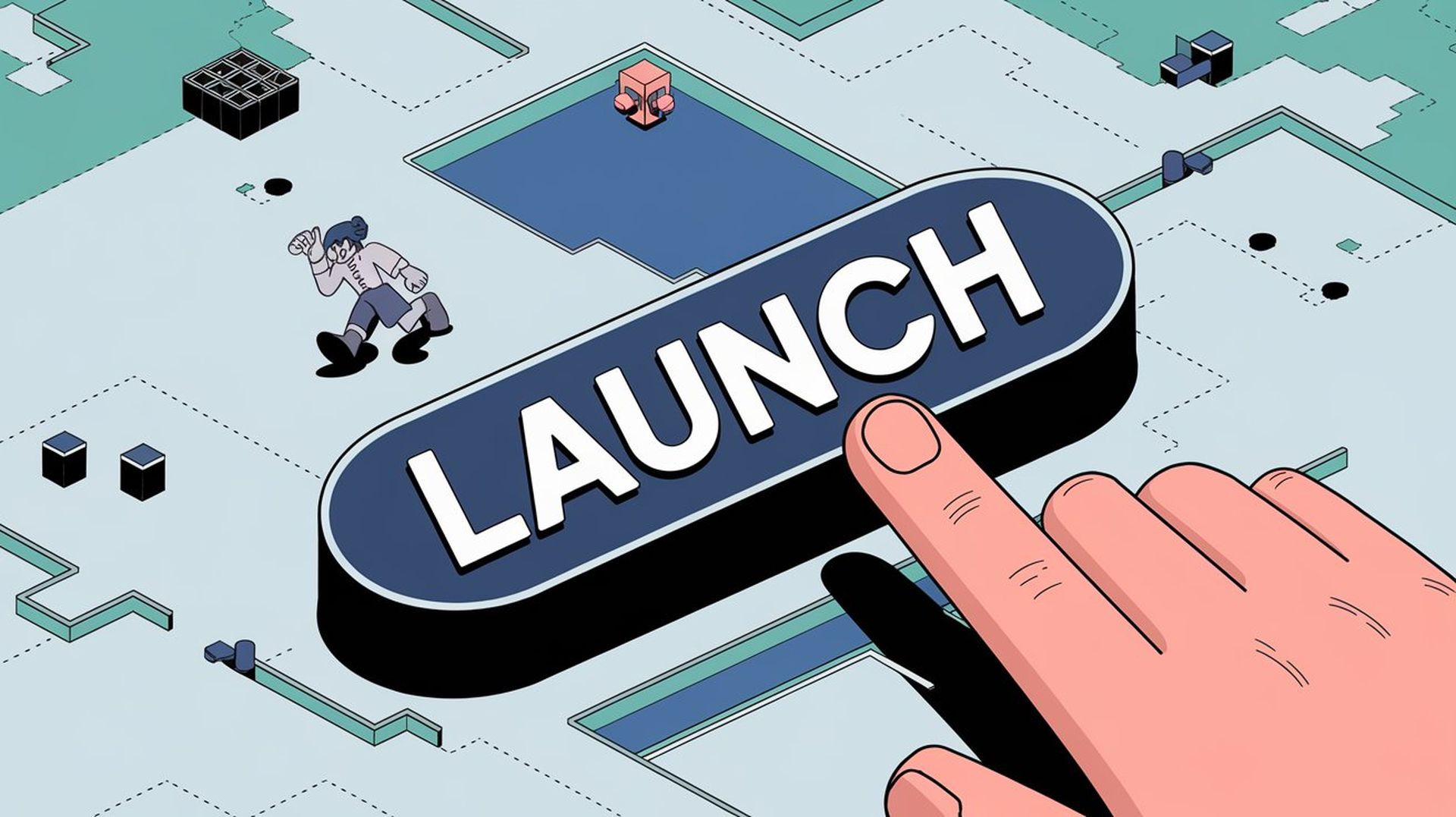Bethesda games have always had big worlds, convoluted stories, and… a lot of bugs. Players have logged in to various quirky glitches in Skyrim to Starfield, such as floating objects and NPCs stuck behind walls. It’s part of the package, as those who work on such monster games as Skyrim know perfectly well the lead game designer of the video game, Bruce Nesmith. While acknowledging that Bethesda’s titles “lack polish,” Nesmith admits that a game has to be released at some point—even if there are still “700 known bugs” left in the code.
Nesmith’s candid discussion with Videogamer highlights a reality many gamers have suspected: launching a large open-world game without some imperfections is practically impossible. In the interview, he openly admitted, “I will be the first person to say that Bethesda Games could have a higher degree of polish.” But with the complex systems and the quantity of content in these games, you’ll see a few bugs that are usually forgiven.
“Having an NPC run in place in front of a wall for a little while became acceptable because of the 17 things you could do with that NPC,” Nesmith explains. The scope of what players can do in these worlds is so much greater than the occasional glitch that this makes up for many of what fans can’t have in their own Valheim worlds. But Nesmith is clear about perfection: “Are you willing to let the game sit for six more months and be delayed to try to polish it?” The answer is often a no. But in Bethesda’s case, with such complex worlds, no delay could condense every bug entirely.

A game release with 700 known bugs?
The staggering number of “700 bugs” might seem shocking to casual gamers, but Nesmith’s point is that large-scale games will always have some issues upon release. When systems work together like that, bugs are inherent, and fixing them would take way too much time. At some point, the company has to make a business decision: instead, you release the game as is or delay it some more.
That doesn’t mean Bethesda is ignoring quality control. Rather, Nesmith describes the conflict between creating a polished game vs. the requirements of a marketing team. “Players expect no bugs, which no one is ever going to achieve,” Nesmith said, further explaining that the role of marketing is to manage these expectations. Their goal is to deliver as close to what players want as possible without saying what doesn’t exist.
The notion of a perfectly polished Bethesda game might be lovely, but for some fans, those sometimes frustrating, sometimes hilarious bugs are all part of the fun. Nesmith’s commentary raises an interesting question: are players in the mood for a bug-free experience?
Some fans even cursed Bethesda for its recent release, Starfield, because the game was just a bit too polished. None have been as whimsically chaotic as Oblivion was — at least, none have the same magnitude of technical issues. Over time, chaos has made Bethesda games viral videos and memes for memes that are loads of fun even when devoid of a good story.

Polish and personality seem to be in the perfect balance. The imperfections that many give Bethesda games are the best thing about them — Bethesda games are not just expansive RPGs, but they are also what make them unintentional comedy goldmines.
Is it important to polish or to publish?
Ultimately, Nesmith’s words capture the reality of game development: perfection is unattainable. If we delayed a game just to fix every bug, players would wait forever, and the finished product would still have problems. Players might wish for a smoother launch, but the bugs—be they annoying or not—are a part of the experience, and while that is poor news, it is the reality.
For now, at least glitchesy companions dishing out the trash while in battle or floating objects in Skyrim, Tavern will probably be the best Bethesda can do. It’s not perfect, but that’s why there are still fans who are willing to come back for more.
At the end of the day, as Nesmith says, “You have to make the decision to publish.”
Image credits: Bethesda





